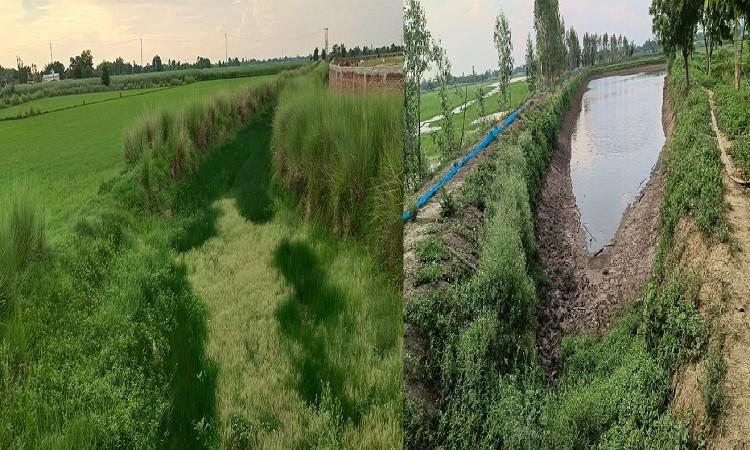The Yogi Adityanath-led government in Uttar Pradesh is not only advancing on the path of modern development but is equally committed to reviving the state’s ancient cultural identity and natural heritage. A shining example of this vision is emerging in Gonda district, where, under the clear directives of the Chief Minister, a historic and community-driven initiative has begun to restore the Manorama River.
This is more than a river-cleaning project, it is a powerful step toward reawakening cultural consciousness and restoring environmental balance, being shaped into a true ‘Jan Andolan’.
Water conservation in Gonda
In recent years, the Manorama River had nearly vanished, its flow blocked by silt, encroachment, and dried-up sources. Now, its revival is poised to mark a major milestone in water conservation while re-establishing Gonda’s ecological and cultural identity.
The Manorama River, long seen as the soul of Gonda, will soon flow again. Acting on the Chief Minister’s instructions, District Magistrate Neha Sharma has initiated comprehensive efforts to rejuvenate the river through public participation. This includes desilting, garbage removal, tree plantation, and full restoration of the river’s course.
Manorama Sarovar
Inspecting the entire stretch of the river from its origin at Manorama Sarovar, the District Magistrate issued detailed instructions to relevant departments. “Manorama is not just a river; it is our cultural heritage. Its revival will be a matter of pride for our people,” she stated, calling the project the beginning of a holistic environmental and social renaissance.
As part of the plan, tree plantation will be undertaken along both banks, focusing on native species like Peepal, Neem, and Pakkad. The Forest Department has been tasked with executing this. Simultaneously, desilting and cleaning operations have been launched using Pokland and JCB machines. The river’s stretch from Gonda-Balrampur Road to Tadi Lal Village will be thoroughly cleared and its water stream re-routed.
Technical evaluation of the river
A coordinated, multi-departmental approach has been adopted. The MGNREGA cell is responsible for labour deployment and planned implementation, while the Forest Department will oversee afforestation. The Irrigation Department has been assigned the technical evaluation of the river’s structure and flow.
Crucially, this initiative is being positioned not merely as a government program but as a people’s movement. The District Magistrate has directed officials to involve Gram Panchayats and local volunteers in instilling a sense of ownership, linking the river’s revival to the community’s cultural pride and identity.


